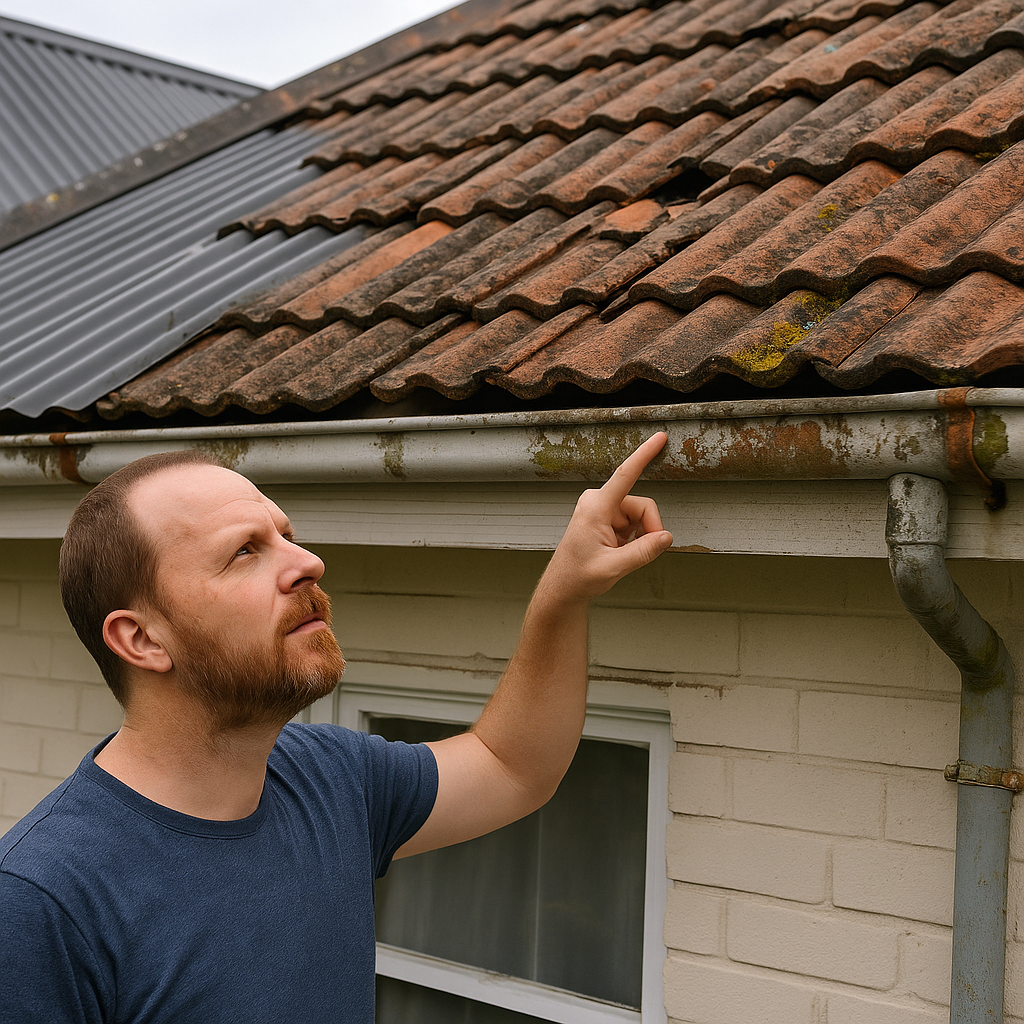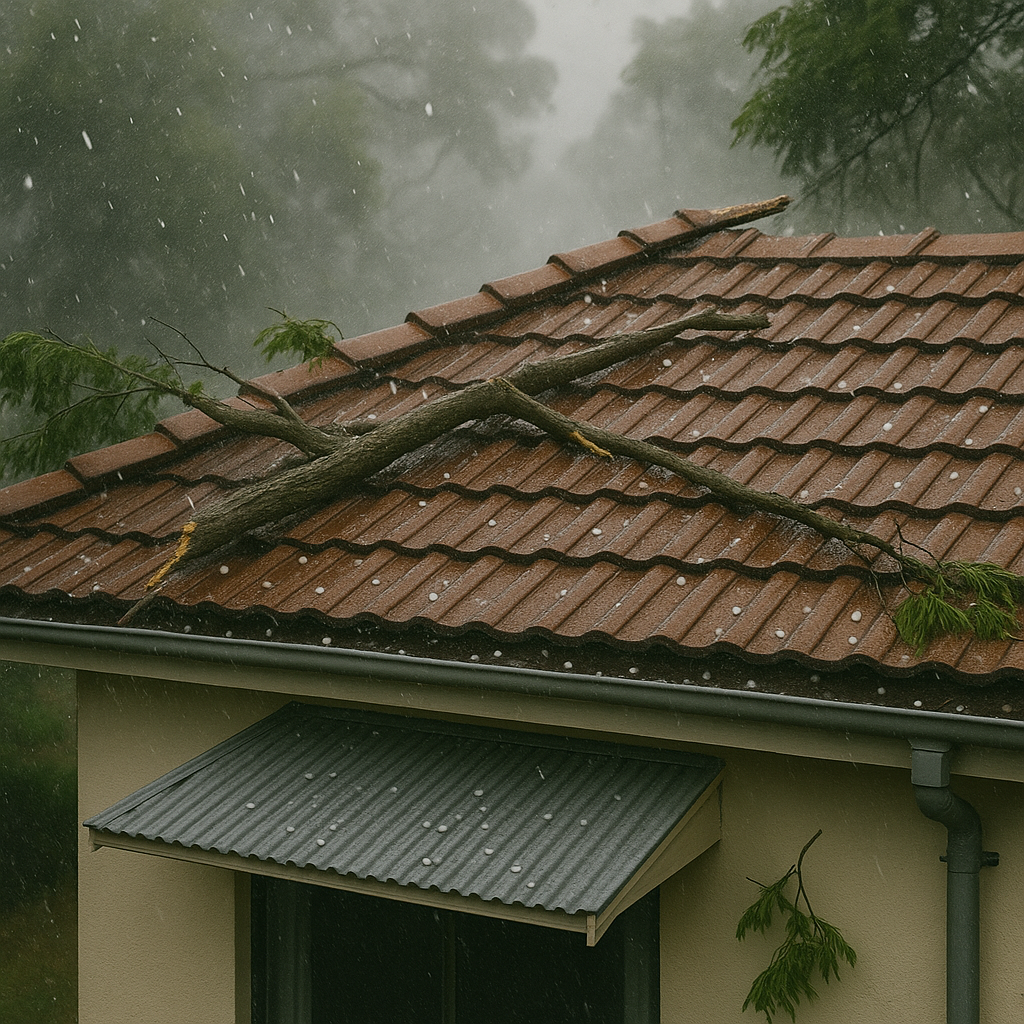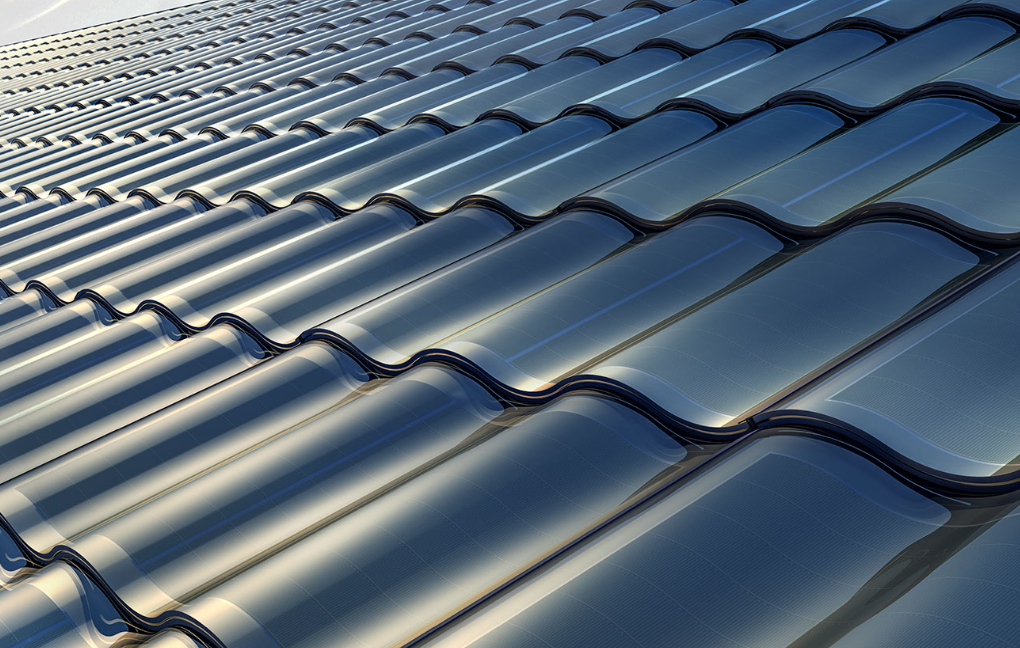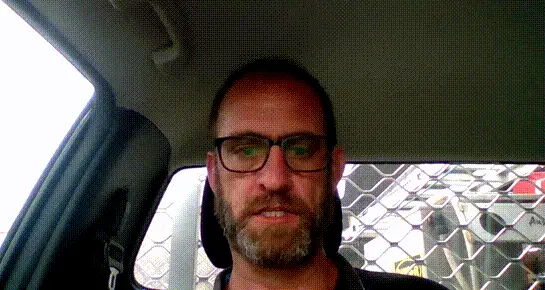
To receive your discount please fill in your details below.
It warms our hearts to see our valued HEROES being taken care off.




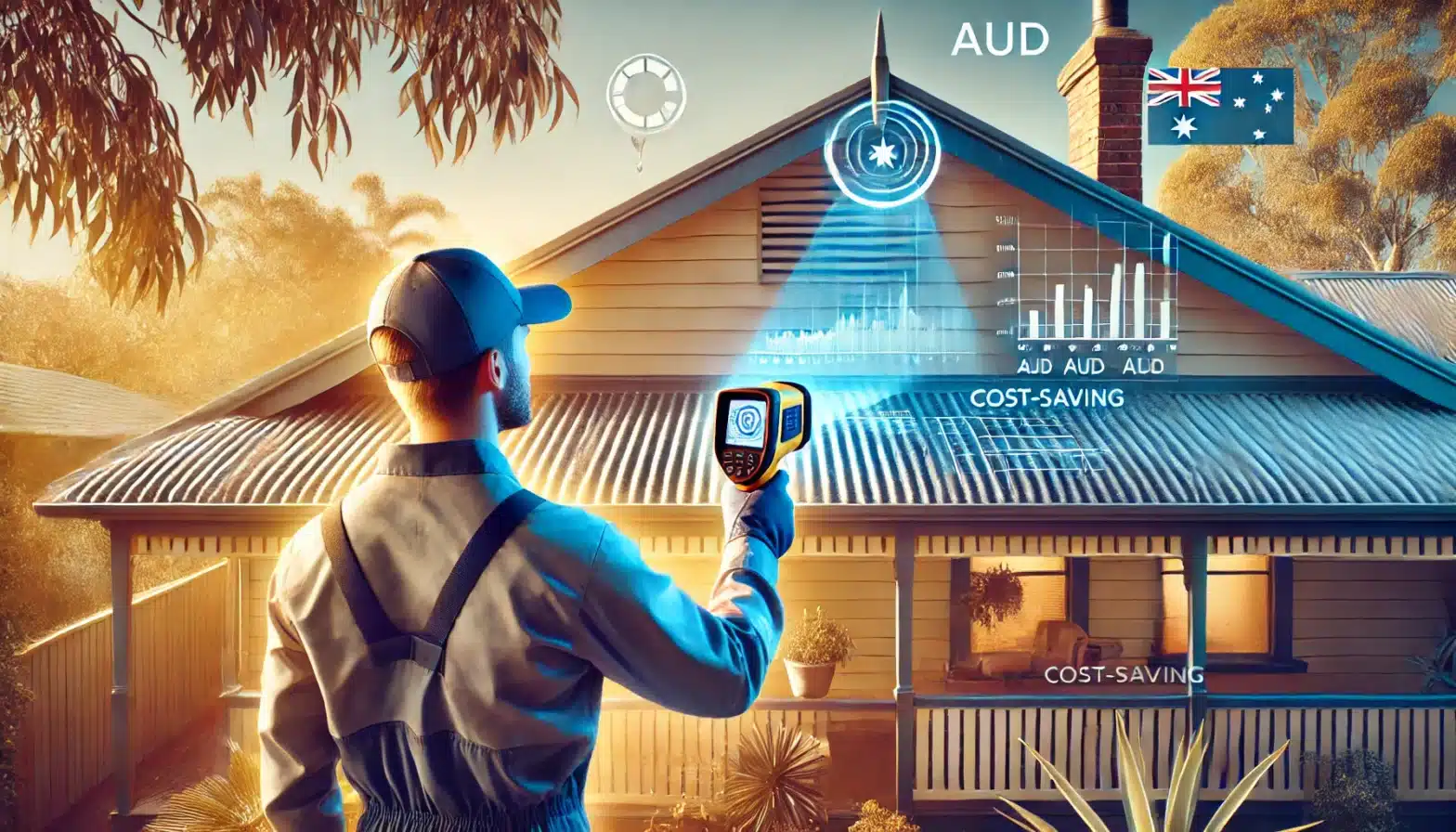
If you have ever wondered, How Much Does It Cost To Detect A Water Leak? Here’s a quick answer;
“On average, Australian homeowners can expect to pay anywhere from $150 to $500 for professional leak detection services.”
This range largely depends on a combination of factors, which we’ll explore in-depth.
Water leaks can be silent predators, gradually damaging your property and hiking up your bills.
Understanding the cost implications of detecting these leaks becomes imperative.
With rising technological advancements and professional services, costs may vary. Let’s dive into the nitty-gritty details and shed light on the matter.
On average you should spend $100-$500 for detecting a water leak in your home, but this price range is dependent on a couple of factors.
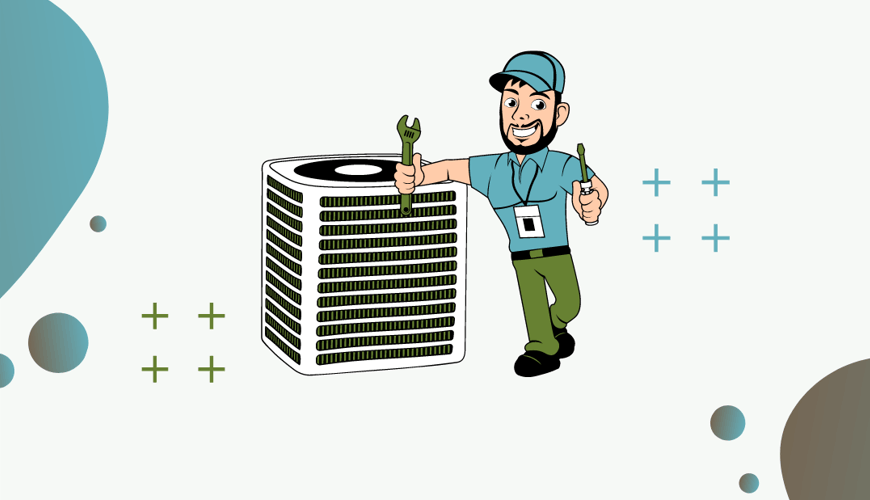
Imagine you’re at the pub. You’ve got the option to sip on a homemade brew or go for that classic, crisp beer served by your favorite local bartender.
DIY might save you a couple of dollars and gives you the satisfaction of, “I did that!”, but nothing beats the trusted taste of a professional pour.
Similarly, when detecting water leaks, you can either channel your inner handyman or let the pros take the reins.
Opting for professional leak detection service means you’re banking on their expertise, accuracy, and timely detection.
While giving it a good ol’ Aussie go on your own can save some dollars, you might miss those sneaky drips that the pros would spot straight away.
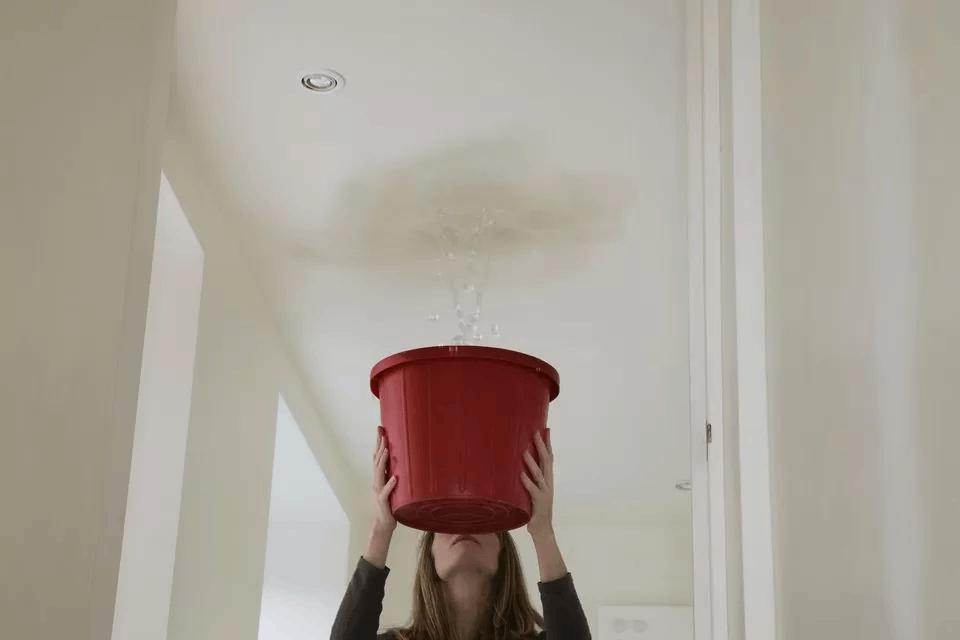
Picture this: you’re playing backyard cricket, and hitting a four is easy when the ball’s in plain sight.
But what if it rolls behind the shed or gets lost in the thick bushes? It takes more effort, right?
Leaks are a bit like that.
If they’re out in the open, easy peasy! But when they’re hiding underground or behind your walls, that’s when you’ll need some fancy gear to find them.
The more hidden the leak, the trickier (and sometimes pricier) it is to detect.
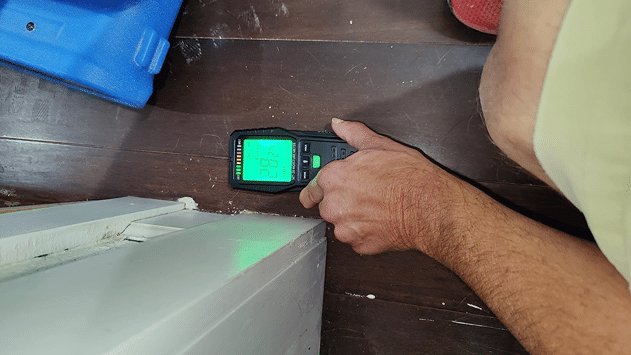
Remember when checking for leaks meant putting a bucket under a drip and waiting? Well, welcome to 2023!
These days, we’ve got all sorts of gadgets helping us out. Infrared cameras that spot temperature changes, acoustic sensors that listen out for sneaky sounds, and more.
Now, while these high-tech tools are as cool as a cucumber, they do come with a price tag.
But here’s the kicker: they’re precise. So, you might be shelling out a few extra dollars if the tech used is very high-end, but you’re getting top-notch results in return so it’s a win-win.
We’ve all been there. Some things we can put off ’til tomorrow (like mowing the lawn), but some things need sorting out right here, right now (like that BBQ gas running out when you’ve got mates over).
When it comes to water leaks, the sooner, the better.
If you discover a leak at an ungodly hour and you’re after emergency leak detection service, be ready to pay a tad more in most cases.
Just like ordering a late-night pizza might come with a delivery fee, emergency leak detection or after-hours service might have a premium charge.
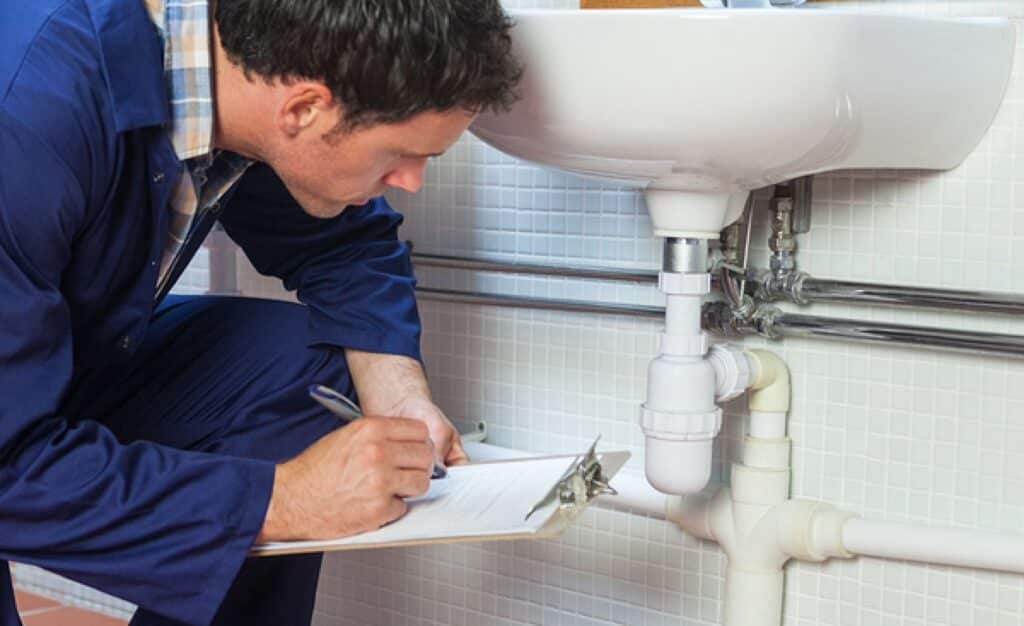
In the plumbing world, just as in footy, not all players are in the same league. The cost of the job might vary based on the plumber you pick. Here’s the rundown:
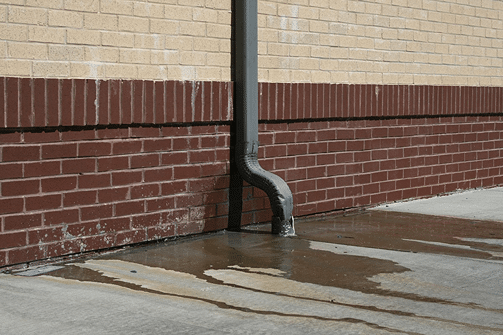
We might be a continent surrounded by water, but that doesn’t mean we want it dripping in our homes.
So, how do you know if you’ve got a naughty leak trying to do the sneaky on you? Easy! Look out for these dead giveaways:
You’re sitting down, enjoying our favorite meal, and suddenly, you hear water running. No one’s in the loo, and there’s no water boiling for your arvo cuppa.
If you’re hearing mysterious drips and flows, you might just have a leak trying to pull a fast one on you. Time to call in the experts, mate.
Spot any soggy patches or soft spots on your walls or ceiling? That’s not just Australia being humid; that’s a sneaky leak trying to cause a ruckus.
And remember, by the time your wall feels like a wet sponge, that leak’s been up to no good for days, if not weeks!
Noticed a sudden drop in water pressure when you’re having a shower or using the sink?
If it feels like your taps are just too lazy to give you a proper stream and there’s no word about city plumbing work, chances are you’ve got a leak. Especially if the whole house feels the same. Could be the main line’s gone rogue!
If parts of your home start smelling like damp socks left in a footy bag, even after a good airing, it might not just be last week’s laundry. Persistent musty odours can hint at hidden water troubles.
While this isn’t really paid much attention to, it is actually an ideal sign that you may have an underground water leak.
How much does water detection cost?
The cost of water detection can vary significantly based on several factors such as location, severity of the leak, and the required tools for detection. On average, you can expect to pay anywhere from $100 to $400 for professional services. However, it’s always best to get a specific quote from a service provider in your area.
How can I find where my water is leaking from?
Initially, you can look for visible signs such as wet spots, discoloration on walls or ceilings, or unusual dampness. For more concealed leaks, like those behind walls or under floors, professional water leak detection services or equipment like acoustic sensors or infrared cameras can accurately pinpoint the leak’s location.
How does water leak detection work?
Water leak detection often uses advanced equipment to identify the precise location and cause of the leak. Methods include:
Can plumbers detect leaks behind walls?
Yes, experienced plumbers often have specialized tools and equipment that allow them to detect leaks behind walls without causing major disruptions. Using techniques like thermal imaging or acoustic detection, they can identify the exact location of a hidden leak.
What happens when water leaks in walls?
When water leaks within walls, it can cause several problems:
Can a one-time water leak cause mold?
Yes, even a one-time water leak can create the right conditions for mold to grow, especially if the moisture is not promptly and thoroughly addressed. Mold can begin to form in as little as 24 to 48 hours in the right conditions. Thus, it’s essential to dry out any affected areas thoroughly after a leak to prevent mold growth.
How can I prevent water leaks from causing roof damage?
Regular roof maintenance is crucial to prevent water leaks from causing significant damage. Our roof repairs team in Melbourne specializes in identifying and fixing issues before they escalate. By addressing minor leaks and damage promptly, you can save on costly repairs and ensure your home remains protected.
Alright mates, we’ve dived deep into the nitty-gritty of water leak detection costs. It’s clear that while the great Australian outdoors are meant for our splashy adventures, our homes? Not so much.
Being clued in on potential leaks and understanding the dollars and cents behind detecting them can save us not just cash, but also the heartache of seeing our beloved homes getting dampened. Especially in cities like Melbourne, where roof leak detection Melbourne services are becoming increasingly crucial due to the unique weather patterns, knowing your options can be a game-changer.
So, before your home turns into an unintended water park, remember the value of timely leak detection. After all, in this sunburnt country of ours, water is gold, and every drop counts. Cheers to dry floors and full wallets!
